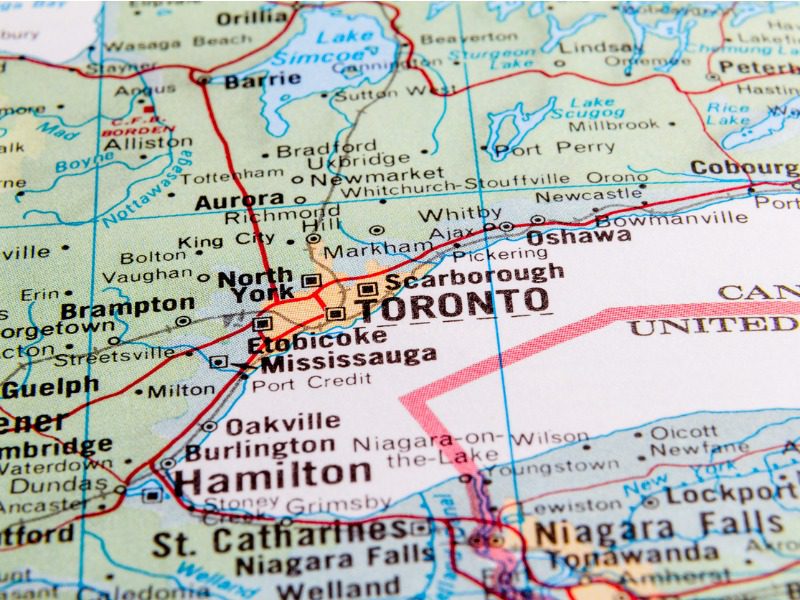IBC’s thoughts on Premier’s mission to end “unfair” postal code rating

Ontario drivers may soon see the end of “unfair” rating of auto insurance policies based on postal codes, says Ontario Premier Doug Ford, and the Insurance Bureau of Canada agrees it may be time to modernize territorial rating.
“I know we’re working on a plan for insurance companies,” Premier Ford said at a press conference last week. “As far as I’m concerned, [rating based on postal codes is] totally unfair for the people of Brampton, of Scarborough. They’re going after these people based on their postal code.”
To a certain extent, the Insurance Bureau of Canada agrees there needs to be more clarity around territorial rating. “We would like to see some of the rules like that revisited and modernized and made more fair for consumers,” Todd Jerry, IBC’s director of Ontario government relations, tells Canadian Underwriter.
Currently, Ontario’s insurance regulator, the Financial Services Commission of Ontario (FSRA), allows companies to have “no more than 55 territories in the Province of Ontario and no more than 10 territories in the City of Toronto.” Territories are defined by insurers, most of which use postal codes to determine the boundaries.
“The rules right now put a cap on the number of territories that insurers can divide the province into,” Jerry explains. “Each insurer will draw that a bit differently and then they have to submit that plan to FSRA. What we’re saying is 55 territories is an arbitrary number.”
A review of the current territory rules may be beneficial, especially since the guidelines haven’t changed in more than 15 years, Jerry says.
“Back before the election, the government announced that [Finance Minister Peter] Bethlenfalvy had directed the auto insurance regulator FSRA to conduct a review of the territory rules, which are the ones in question here…to make sure that nothing unfair or discriminatory is taking place.” Jerry says the review is ongoing.
“We think that’s a good approach, because these rules are more than 15 years old,” he adds. “A lot has changed in 10 or 15 years and insurers have been giving the best they can for consumers using those rules. But we’d agree it’s time to give those a look over and refresh and modernize them.
“If you think about just the population growth in Ontario just in the last 15 years, it’s been tremendous.”
Ontario’s population has grown by almost 2.5 million between 2005 (12.5 million) and 2022 (14.9 million), according to figures from both StatsCan (2005 number) and Ontario.ca (2022 number).
So, if Ontario scraps the current territorial rating system, what comes next? Alberta’s new territorial rating system sets a positive example, notes Jerry.
Alberta’s regulator, the Automobile Insurance Rate Board (AIRB) implemented a system for expansion of rating territories, in effect from Mar. 1, 2021.
“In Alberta’s case, they took that cap on the number of territories off completely and they rely on actuarial science to determine how many territories are accurate or dependable, and then [insurers] still have to submit that plan to the regulator for approval,” says Jerry.
AIRB’s system has four elements to which auto insurers must adhere, including:
The insurer will describe and support their approach for determining rating territories and corresponding relativities
Each territory is statistically credible. Insurers may use either insurer or industry vehicle count experience or other relevant data to support their minimum threshold to define a new territory
Relativity for any one territory cannot change more than +10% per year
Initial filing to change rating territories after Mar. 1, 2021 cannot result in an overall rate increase
While Ontario’s system could be modernized for the benefit of consumers and insurers alike, “at the same time, we want to get to work with the province to improve the auto product itself to reduce costs and premiums for drivers,” Jerry says. “We’re also going to keep talking to the government about how we can reform and improve the auto insurance product to make auto insurance cheaper for everyone in the province.”
Feature image by iStock.com/Cesar Okada


